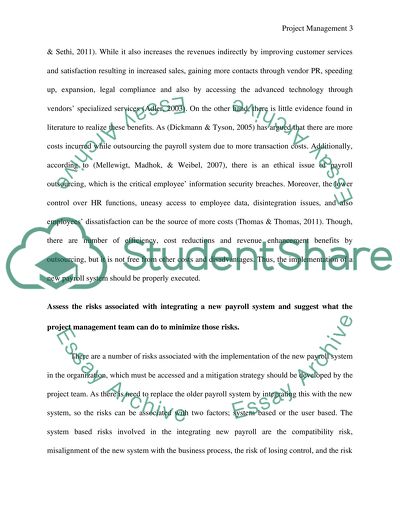Cite this document
(“Project Management Essay Example | Topics and Well Written Essays - 1250 words - 8”, n.d.)
Project Management Essay Example | Topics and Well Written Essays - 1250 words - 8. Retrieved from https://studentshare.org/human-resources/1666805-project-management
Project Management Essay Example | Topics and Well Written Essays - 1250 words - 8. Retrieved from https://studentshare.org/human-resources/1666805-project-management
(Project Management Essay Example | Topics and Well Written Essays - 1250 Words - 8)
Project Management Essay Example | Topics and Well Written Essays - 1250 Words - 8. https://studentshare.org/human-resources/1666805-project-management.
Project Management Essay Example | Topics and Well Written Essays - 1250 Words - 8. https://studentshare.org/human-resources/1666805-project-management.
“Project Management Essay Example | Topics and Well Written Essays - 1250 Words - 8”, n.d. https://studentshare.org/human-resources/1666805-project-management.


